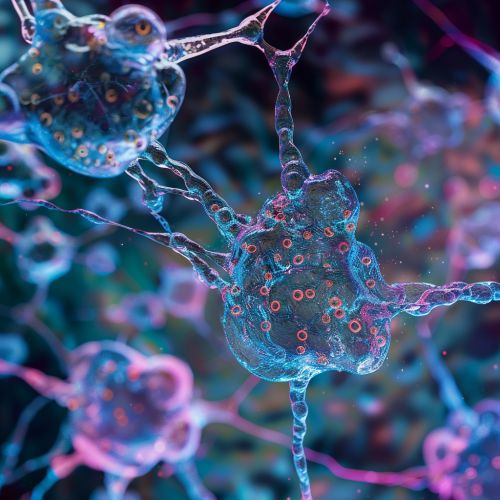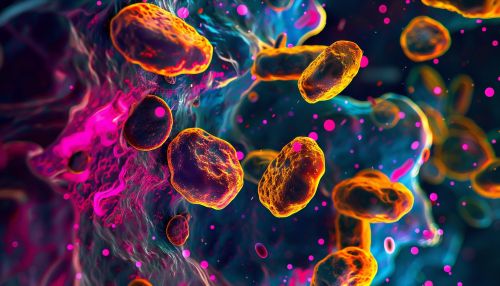Sirtuins
Introduction
Sirtuins are a family of proteins that possess either mono-ADP-ribosyltransferase, or deacylase activity, including deacetylase, desuccinylase, demalonylase, demyristoylase and depalmitoylase activity. The name "sirtuin" originates from the yeast gene 'silent mating type information regulation 2', the gene responsible for cellular regulation in yeast. Sirtuins are critical regulators of a variety of metabolic processes, including glucose and lipid metabolism, and are thus implicated in a variety of diseases, including diabetes, cancer, and neurodegenerative diseases.
Structure and Function
Sirtuins are characterized by a conserved catalytic core domain that uses NAD+ to remove acyl groups from proteins. The catalytic domain is flanked by N- and C-terminal extensions, which vary among different sirtuins and can modulate the activity and specificity of the catalytic domain. Sirtuins can be classified into four classes based on these sequence variations.
Classes of Sirtuins
There are seven known sirtuins, SIRT1 through SIRT7, in mammals. These can be grouped into four different classes: I, II, III, and IV. Each class has distinct enzymatic activity and substrate specificity.
Class I
Class I sirtuins include SIRT1, SIRT2, and SIRT3. These are primarily involved in the deacetylation of proteins, a process that can regulate the function of the target protein.
Class II
Class II consists of only SIRT4. SIRT4 has ADP-ribosyltransferase activity and is involved in the regulation of insulin secretion.
Class III
Class III contains SIRT5, which has strong desuccinylase and demalonylase activity. SIRT5 is involved in the regulation of ammonia detoxification in the liver.
Class IV
Class IV includes SIRT6 and SIRT7. SIRT6 is involved in DNA repair, while SIRT7 is involved in the regulation of rRNA transcription.
Role in Disease
Due to their critical role in metabolic processes, sirtuins have been implicated in a variety of diseases. Alterations in sirtuin activity can lead to metabolic disorders, cancer, and neurodegenerative diseases.
Metabolic Disorders
Sirtuins play a key role in regulating glucose and lipid metabolism. Therefore, alterations in sirtuin activity can lead to metabolic disorders such as diabetes and obesity. For example, SIRT1 has been shown to protect against insulin resistance, a key feature of type 2 diabetes.
Cancer
Sirtuins can also play a role in cancer. For example, SIRT1 can deacetylate p53, a tumor suppressor protein, leading to its inactivation and potentially promoting tumor growth. However, sirtuins can also have anti-cancer effects. For example, SIRT3 has been shown to suppress the growth of cancer cells by promoting the death of damaged cells.
Neurodegenerative Diseases
Sirtuins have been implicated in neurodegenerative diseases such as Alzheimer's disease and Parkinson's disease. For example, SIRT1 has been shown to protect neurons from death in models of Alzheimer's disease.
Potential Therapeutic Targets
Given their role in disease, sirtuins have been proposed as potential therapeutic targets. Several small molecules that can modulate the activity of sirtuins have been identified. These include sirtuin-activating compounds (STACs), which can enhance the activity of sirtuins, and sirtuin inhibitors, which can reduce their activity.
See Also


